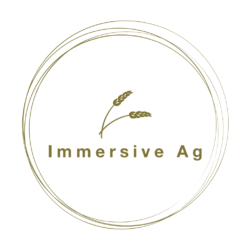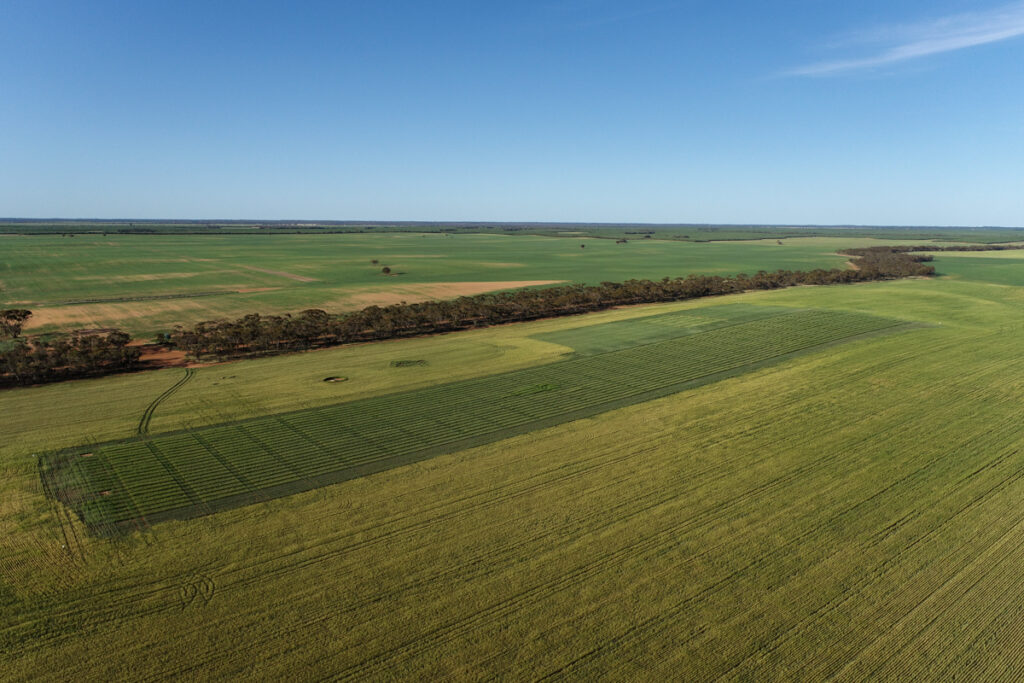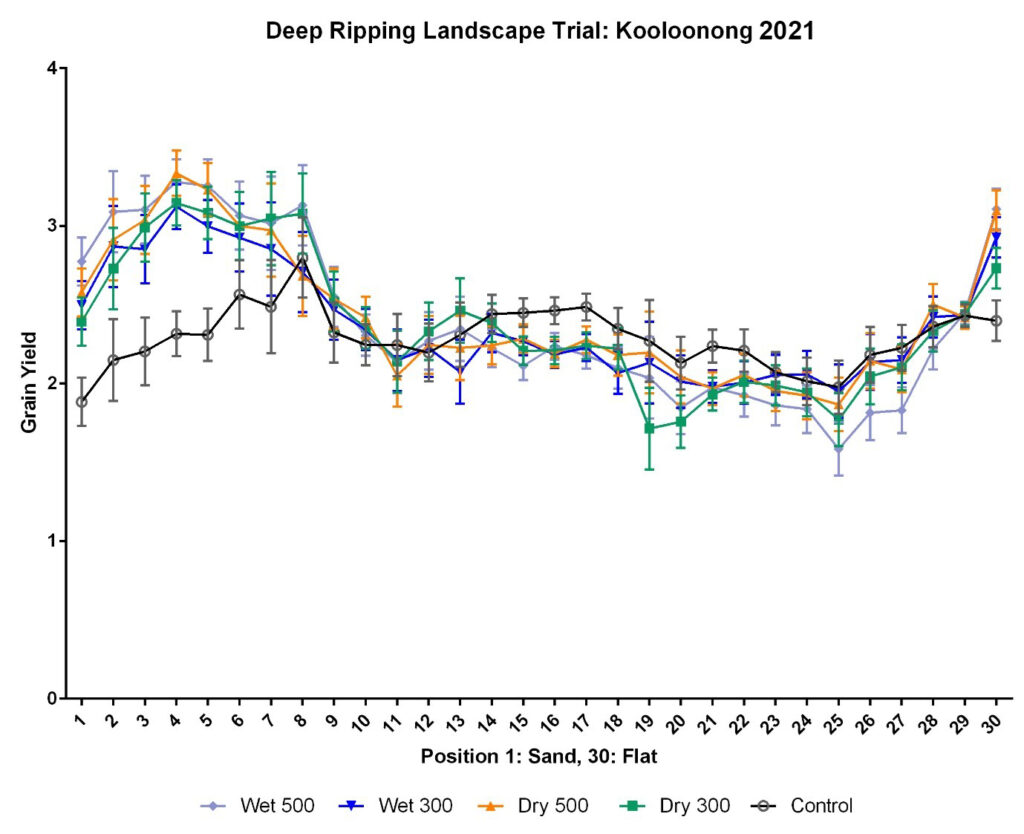Background
Deep ripping has been shown to have a beneficial effect on the production of crops grown on deep sandy soils across the Mallee. However, farmers within this region must manage multiple soil types within each paddock, and therefore need to know which of these soils are responsive to deep ripping and which are not. This trial site was established near Kooloonong in 2021 to identify which Mallee soil types should be deep ripped to return an economic benefits to Mallee farmers.
Method
A trial site was established across multiple soil types within a Mallee paddock grading from a deep sand on top of a dune to sandy loam mid-slope to clay loam on the swale. The site was a collection of 30 smaller trials from the transition from dune to swale. Each trial shared the following deep ripping treatments:
- Depth of ripping: 300 mm v 500 mm deep
- Timing of ripping: Early (2 months prior to sowing) v Late immediately prior to sowing
The intention of the timing of ripping treatments was to compare ripping when the soil was dry to deep ripping when the soil was wet. However, the lack of rainfall at the site from the early ripping treatment (March) until the end of May meant that the ripping when wet treatments were not able to be implemented . Therefore the second dry ripping treatment was undertaken in early June before the site was sown on the 11th of June to Commodus barley.
Results
- Positions 1-7 were the sandiest trial site locations and at each of these there was a large response to deep ripping. Across all treatments the average yield benefit for the first 7 trial location was 0.7 t/ha.
- At trial position 8 there was an abrupt change where the crop was not responsive to deep ripping at that soil type location. There was no response to deep ripping from positions 8 to 14 where soil was much drier than the sand and the texture tended to be a loamier soil type.
- From positions 15-22 the soil type gradually increased in texture and had visible free lime present. Across this group of soils there was a negative response to deep ripping.
- Positions 23-29 had the highest clay content and across this zone there was a negative response to ripping to 500mm close to seeding.
- Bay 30 abruptly transitioned back to a sandy loam soil texture and this corresponded with a strong response to deep ripping at this location.
360 Virtual Tour
Double click for full screen
Acknowledgements
This virtual field day has been developed as part of the Mallee Sustainable Farming (MSF) project:
“Facilitating enhanced knowledge sharing of Mallee sustainable farming practices”
This project is supported by the Mallee Catchment Management Authority with funding from the Australian Government.



